Pramonės naujienos
How To Choose The Best Shutter Speed
Choosing the correct shutter speed usually determines whether an image is clear, sharp and rich in details or blurry and full of noise. Knowing how to choose the best shutter speed is a fundamental part of photography that you must know in order to take great photos.
Additionally, it’s important to realize that the photographer must balance shutter speed, aperture, and ISO to capture the perfect exposure. So many things to consider just to take a simple photo? Don’t worry, we’ll help you determine the best shutter speed for any situation.
1.What is shutter speed?
Shutter speed is a basic camera setting that adjusts how quickly the shutter closes. Shutter speed affects how long the image is exposed. Without additional accessories or add-ons, most cameras can go as fast as 1/4000 of a second (sometimes faster) and as slow as 30 seconds.
The longer the shutter speed, the more light your camera allows into the sensor. On the other hand, the shorter the shutter speed, the less light is allowed into the sensor. While it makes sense to adjust your shutter speed based on the amount of light you need to capture, you have to remember that it should be properly balanced with aperture and ISO, so you can adjust the shutter speed creatively to choose the best speed for the image you want.
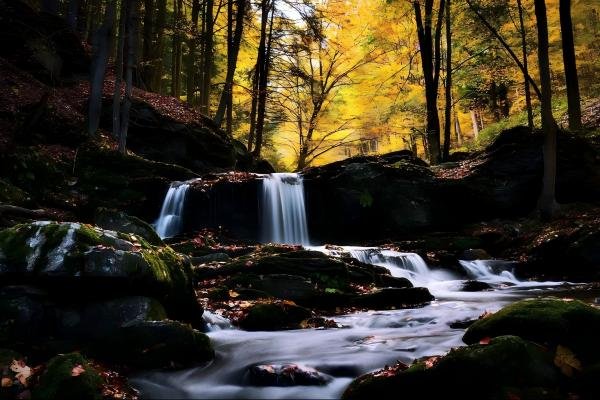
Shutter speed affects how long the image is exposed
2.How to choose the best shutter speed
There are a few questions you should ask yourself when choosing the best shutter speed for your photo. First, is anything moving in the scene you’re photographing? If so, how fast is it moving? Since shutter speed affects how long your image is exposed, you may end up with blurry subjects if your shutter speed is too long. Your shutter speed will need to be adjusted based on how fast your moving subject is, but here are some guidelines to get you started:
Landscape (motion blur): 1 second shutter speed or slower;
Low light: 1 second shutter speed or slower;
Portraits: 1/100 second shutter speed or faster;
Sports: 1/500 second shutter speed or faster;
Wildlife: 1/500 second shutter speed or faster;
Birds in flight: 1/1000 second shutter speed or faster.
Of course, not all animals move quickly. When an animal moves slowly, you can use a slower shutter speed.
There are many other variables to consider, and these are just suggestions. Faster moving subjects require faster shutter speeds, and vice versa. Sometimes, you have to give up on the perfect settings to make adjustments. For example, let’s say you’re shooting a landscape and want to capture the motion blur of water if it’s windy. In this case, you might need to increase your shutter speed to avoid blurring the trees swaying in the wind.
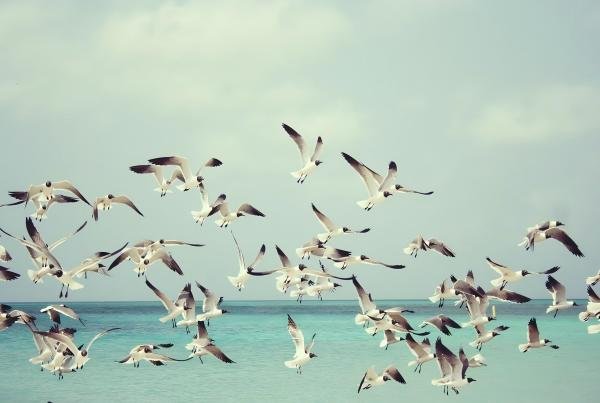
There are some rules to follow when choosing shutter speed
Additionally, bird photographers may slow down their shutter speeds in order to capture enough light in low-light conditions, such as before sunrise or after sunset.
Tips: Use ISO and aperture to balance speed
For many photographers, getting a sharp photo is the most important thing. You may need to increase the ISO or open the aperture wider to get a sharp photo. No matter what you shoot, it is recommended to try multiple shutter speeds and find the effect that suits you best, because different types of photographers can shoot very different results.
Remember that light is at a premium for photography, and most photographers could always use more of it. As a photographer, you will constantly be battling with shutter speed, making sure it is fast enough to capture a sharp subject, yet slow enough to let in the right amount of light.
The best shutter speed for your particular type of photography will be the one that has both. Of course, you can also play with aperture and ISO to let in more light into the camera, while manipulating shutter speed as needed.
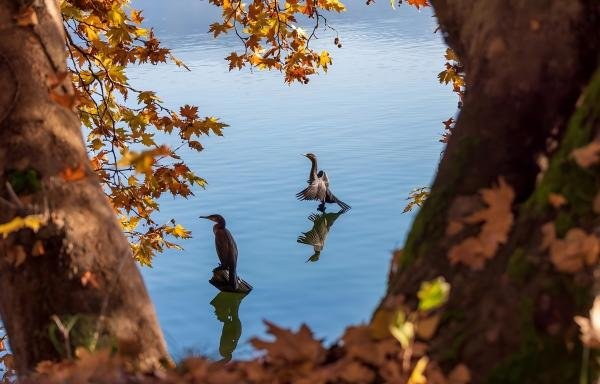
Use ISO and aperture to balance speed
3.Use shutter speed for creative effects
Once you have mastered choosing the right shutter speed to capture a sharp image, you can use shutter speed to create creative effects. Both super fast and super slow shutter speeds can produce interesting results in your images, and you will find that doing so can bring a creative touch to your photographs.
Landscape photographers can use slower shutter speeds to create motion blur in waterfalls and streams; astrophotographers may choose to experiment with exposures of up to several hours to create star trail images; portrait photographers can use slower shutter speeds to add creative blur to their images; and macro photographers can use faster shutter speeds to capture fast motion. The possibilities are endless, and you should be able to play around with aperture and ISO to adjust your shutter speed for even more creative effects.
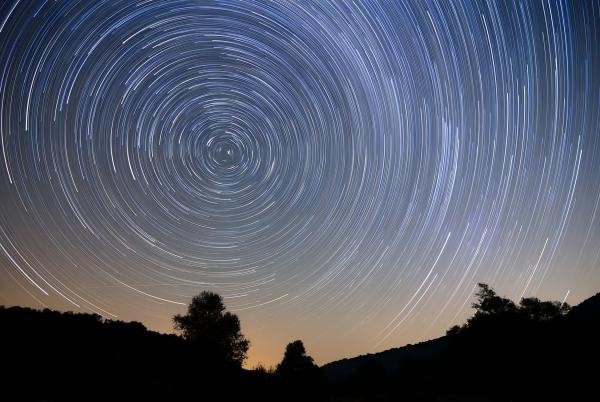
Photographers often use shutter speed to achieve creative effects
4.Minimum shutter speed rules
Most importantly, you need to remember the rule for the absolute slowest shutter speed you can use based on your focal length. This rule only applies to handheld photography, not from a tripod or monopod. The rule states that the minimum shutter speed should be 1 times the focal length. For example, the minimum shutter speed for a 30mm lens is 1/30 second handheld, while the minimum shutter speed for a 200mm lens is 1/200 second handheld.
This minimum speed is due to camera shake or movement when hand-holding the camera. Even with the steadiest of photographers’ hands, there will still be slight movements, and if your shutter speed is slower than the recommended shutter speed, your image may not be sharp enough. The longer the focal length, the faster the shutter speed required, as motion is more easily detected on a telephoto image with more zoom.
Avoiding camera shake is the reason many landscape photographers use a tripod when shooting. Landscape photographers use a tripod to steady the camera so they can use a slower shutter speed to get a sharp image. Portrait photographers, on the other hand, don’t usually use a tripod because their shutter speeds must be fast enough to capture moving subjects, which is much faster than the minimum shutter speed rule dictates.
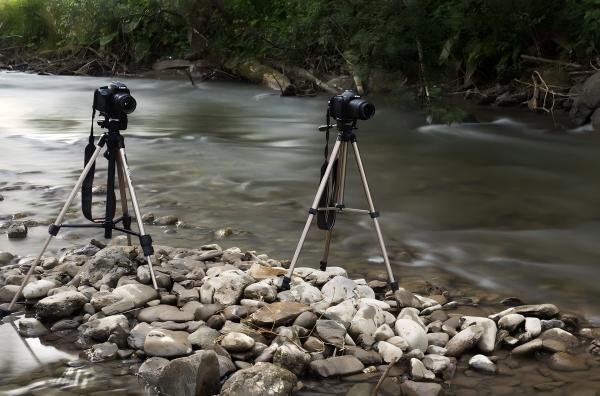
Landscape photographers use tripods to stabilize their cameras
Photographers should stick with this rule even as in-camera image stabilization improves. In some cases, you may find that you can reduce your shutter speed further without a tripod, but it’s better to be safe than sorry.
Overall, choosing the best shutter speed for your photography depends on what you want to achieve and what you are photographing. However, the test for the best shutter speed remains the same across different types of photography. If your shutter speed can capture enough light to expose the image and enhance it creatively. In this case, you may have chosen the best shutter speed for your photo.

